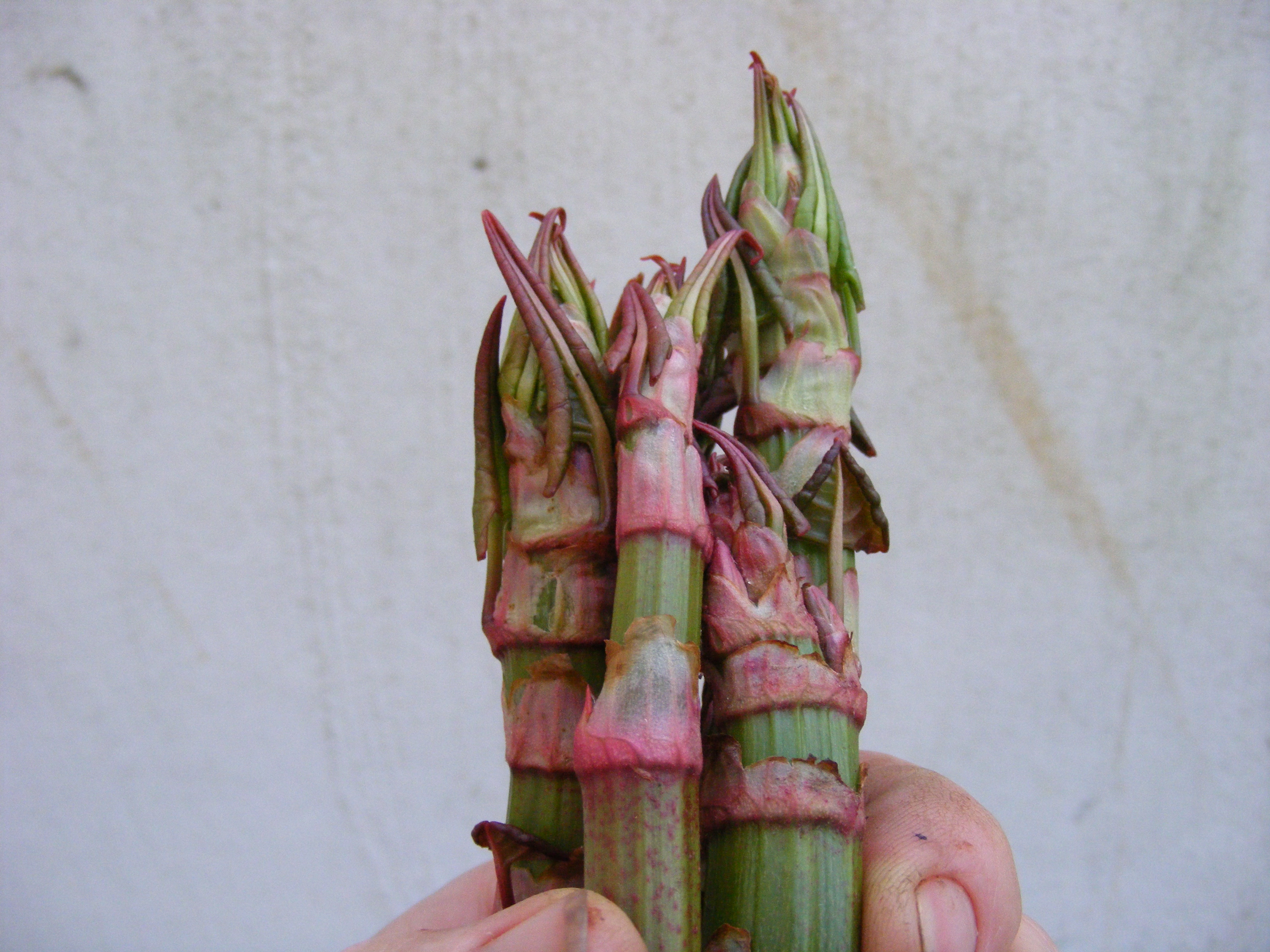
So you live in a flat or a house with a small back yard and just don’t have room for gardening? Many people will take one look at this site and think, “I live in a small flat in Bristol (or wherever) I can’t be self sufficient”. This is true it will be difficult to be self sufficient, but you can be selfsufficientish. With a bit of lateral thinking you will surprised how much room you actually have. I was very impressed when I took a trip around Primrose Hill in London the other week. I saw an abundance of plants all growing in limited space. I also saw potential for many more. Whether it is just a window box, hanging basket or just a few pots on the patio you will soon find that you too could be self sufficient ish.
Choosing your containers
First you have to assess how much space you have. For example, I live in a small one bedroom flat in the centre of town with no balcony or garden/yard and such only have window boxes and a few plant pots indoors. I would love to put up a few hanging baskets as well, but due to my tenancy agreement this is an impossibility. A good friend of mine in Bristol has a yard with many hanging baskets and pots of various sizes in it. Also one of our frequent visitors from Belgium, a lady called Greet, has utilised the space on her roof for growing crops in containers.
If you have somewhere to put them you can grow almost anything in containers. Here are a few examples of alternatives to shop bought containers.
A sink – Dave grows his herbs in an old Belfast sink on his back patio
An old bath tub. – This makes an ideal space, you can grow most things in an old tub as it is deep enough. Perhaps you could have a go at potatoes.
Old paint pots – Cleaned out of course.
Barrels – cut in half either length ways or half way from top to bottom. I met someone who grew potatoes in a pot like this.
Of course you can also buy containers from your local garden store, but I like the idea of utilising unwanted objects. It is very selfsufficientish.
What to Grow
Most container gardening books and sites will tell you about flowers and shrubbery, as we focus on self sufficiency then I will only talk of edible plants.
It is advisable to grow plants that can be harvested over a long period as this will maximize the minimal space that you are using. Runner beans (Phaselous Coccineus) is one such crop, I have seen this being successfully grown up balcony poles, and when in flower it can be an attractive crop. You can also plant them in a big pot, (60cm/24 inch) with a wigwam of canes stuck in for them to grow up.
I have successfully grown beetroot, peppers and many herbs in my window boxes, I have also tried onions although these have not faired too well. The complete book of container gardening suggests Tomato (bush Variety, Lycopersicon), salad onion, radishes, lettuce and even rhubarb for window boxes. These can also be grown in medium sized pots (22cm or 9 inch).
Dave is growing a fig tree in a pot at the moment and it is coming along nicely. The beauty of growing things in pots is that you can move them around if they need more sun, or move them indoors if the frost is likely to kill them off. All without having to dig them up and disturbing the roots.
What Does each plant need for optimum growth?
Each plant has differing needs I shall list a few for you to try, coupled with some very simple instructions. It should be enough to get you started.
Onions (Allium Cepa) – Do not shade with other plants. Use a well drained enriched compost. Sow 2.5 cm (4 inches) apart.
Swiss Chard (Beta Vulgaris Ciccla) – Tollerant of wind, sunny or shade position. Tollerant of most composts.
Red Pepper (Capsicum Annuum) – Sheltered warm spot. Ensure well watered, enriched compost.
Lemon (Citrus Limon) – Warm sunny spot, most compost however, extra feeding is needed to encourage more fruit. Needs winter protection as a frost can kill it.
Corgette/Zucchini – (Cucurbita pepo) – Grow in full sun, keep well fed and watered. Pick regually to ensure succession
Carrot (Daucus Carota) – Wind resistant, full sun or slight shade. Most compost.
Fig (Ficus Carica) – Sunny spot for more fruit. Well drained compost not too rich.
Strawberry (Fragaria x Ananassa) – Full sun or full shade, needs adequate organic matter.
Bay (Laurus Nobilis) – Does not like wind. Full sun to partial shade. Most composts as to be well drained.
Parsley (Petroselinum Crispum) – Wind tolerant, likes sun. Well drained compost.
Radish (Raphanus Sativus) – Wind Tolerant , grows quicker with full sun. Compost tolerant.
Rhubarb (Rheum) – Does not like wind, light tolerant. Likes most composts but must be fertilized.




I live in an apartment complex (in Texas) where there are very few other gardeners, and none of those grow veggies. Nevertheless, I started my balcony garden where I grow zucchini, eggplants, basil, strawberries, bell peppers, green onions, garlic, and tomatoes. So far, they are getting a lot of attention, not only from my neighbor at the other end of the balcony, but from many others, as the assistant manager of the complex told me that she has heard a lot of complements on it. I’m hoping that others will decide to try it, and spread the self-sufficientish lifestyle. Who knows? Maybe someday I might even see another solar oven out on the lawn!
Complaints! Who can complain about food growing, what miserable sods! Keep it up, when food prices increase I bet the same people who complained will be asking for advice.
No, no… you misread me. They haven’t been complaining. They all think it’s great. My next door neighbor is even anxiously awaiting my first tomatoes. The assistant manager says that everyone likes my garden. If I use the shelf idea, then maybe I can grow even more next year. Thanks for the moral support, Andy!
Ah yes somehow read compliments as complaints! I take it all back and look forward to hearing about all of your neighbours using solar ovens!